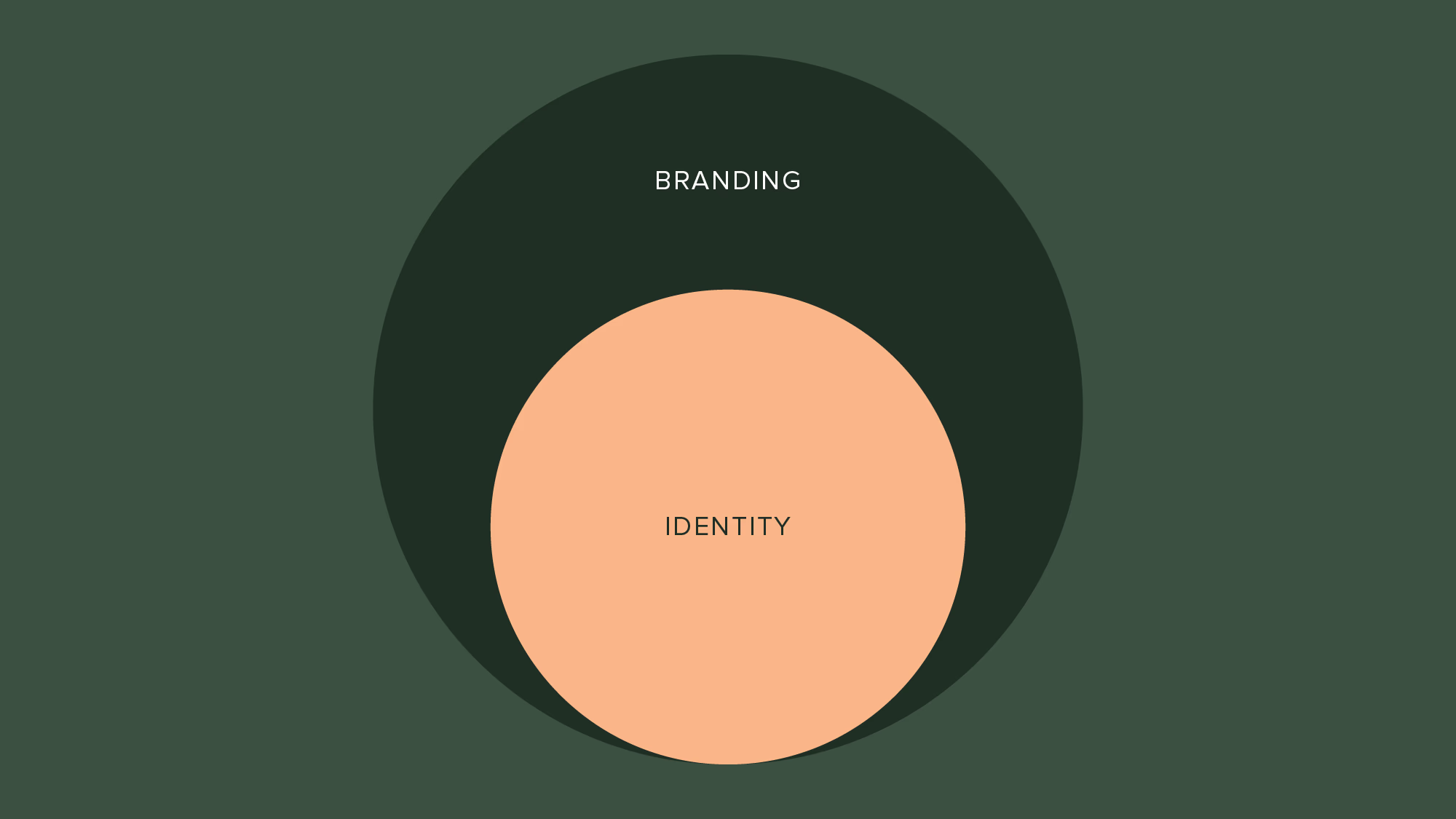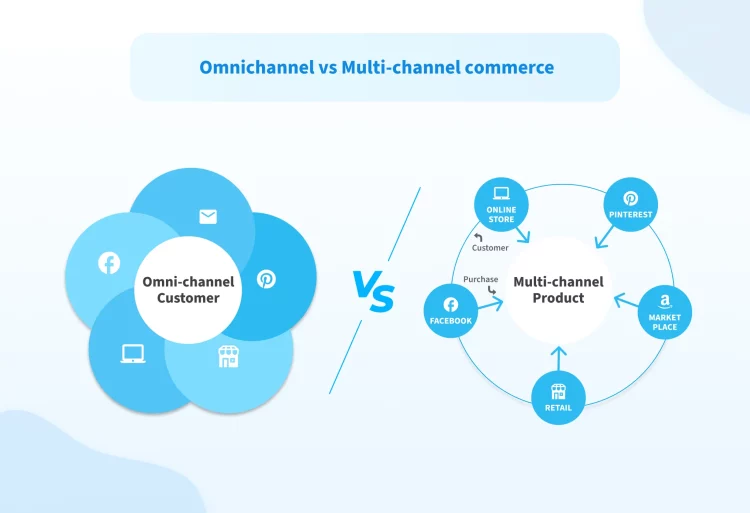Introduction: Understanding the Core of Marketing Alignment
In today’s fast-paced business environment, staying ahead of the curve is critical. One of the most effective ways to ensure your brand’s success is by aligning your marketing strategy with market demands. But what does that actually mean? And more importantly, how do you know if you’re on the right track?
Market demands refer to the needs, desires, and expectations of consumers in a given market. The success of any business—whether it’s a small startup or a large multinational corporation—depends on how well it can meet those demands through its products, services, and communications. In this article, we’ll explore what it means to align your marketing strategy with market demands, the consequences of misalignment, and how to optimize your marketing efforts to meet customer expectations.
The Essence of Marketing Alignment
At its core, marketing alignment is about ensuring that your strategy, campaigns, and messaging resonate with the needs of the market. This requires continuous monitoring of customer behavior, preferences, trends, and competitor activity. However, aligning your marketing strategy with market demands isn’t a one-off task. It’s a continuous process of adaptation and refinement.
The Importance of Understanding Market Demands
Why is aligning your marketing with market demands so critical? The answer lies in the fact that businesses that fail to adapt to changes in consumer preferences risk losing relevance. According to recent studies, businesses that align their strategies with current market trends are more likely to see higher customer satisfaction, increased loyalty, and ultimately, improved revenue.
Moreover, market demand changes continuously—whether due to technological advancements, shifts in consumer behavior, economic conditions, or competitive pressure. If your marketing efforts are not in sync with these changes, you’ll quickly find that your brand loses traction, your products feel outdated, and customer interest wanes.
.webp)
How to Assess Market Demand: A Data-Driven Approach
The first step to aligning your marketing strategy with market demands is understanding what those demands actually are. This requires gathering and analyzing data from various sources.
1. Customer Feedback & Surveys
Direct customer feedback remains one of the most valuable insights for understanding demand. Surveying your existing customers or potential customers helps you gauge their preferences, pain points, and desires. Tools like Google Forms, SurveyMonkey, and even social media polls can be used to collect feedback.
2. Market Research Reports
Industry-specific reports and market research provide a bird’s eye view of where the market is heading. By examining reports from trusted sources like Nielsen, Statista, or McKinsey, you can gain insights into emerging trends and forecast demand shifts.
3. Social Media Listening Tools
Social media platforms are gold mines for understanding market demand. By using social media listening tools such as Hootsuite, Sprout Social, or Brandwatch, you can monitor what people are saying about your brand, industry, or competitors. This provides real-time insights into what resonates with consumers and what doesn’t.
4. Competitor Analysis
Closely monitoring your competitors can provide critical insights into market demand. Tools like SEMrush and Ahrefs can help you understand how competitors are positioning their products, what keywords they’re targeting, and what marketing tactics they’re employing.
Signs of Misalignment: When Your Strategy Isn’t Working
Misalignment happens when your marketing strategy fails to meet the changing needs of the market. Understanding the symptoms of this misalignment can help you course-correct before your business suffers long-term consequences.
1. Declining Customer Engagement
If your marketing strategy is misaligned with market demands, you’ll likely see a drop in customer engagement. This could manifest as decreased website traffic, lower email open rates, or reduced interaction on social media. Essentially, your messaging no longer resonates with your target audience, and they are disengaging.
2. Increased Customer Churn
Customer churn occurs when customers stop buying from you or switch to competitors. If your product offerings or services don’t match what consumers are looking for, they will seek alternatives, leading to higher churn rates. This is especially damaging if you’re in a market with low switching costs.
3. Stagnant or Falling Sales
Ultimately, if your marketing isn’t in tune with market demand, it will impact your bottom line. Stagnant or falling sales indicate that your value proposition is no longer compelling or relevant to your customers.
4. Negative Brand Perception
A misaligned marketing strategy can also lead to a shift in how customers perceive your brand. If they feel that your marketing is out of touch with their needs, your brand may be viewed as outdated or irrelevant.
Aligning Your Marketing Strategy with Market Demand
Once you’ve assessed market demands and identified the symptoms of misalignment, the next step is to realign your strategy. Here’s how you can do that:
1. Refine Your Customer Persona
Customer personas are detailed profiles of your ideal customers, built from data and insights. Regularly refining these personas ensures that your marketing efforts target the right audience. Make sure to account for changes in demographics, behaviors, and preferences.
2. Monitor Trends and Adjust Your Messaging
Stay ahead of the curve by closely monitoring trends. Whether it’s through Google Trends, social media insights, or industry reports, ensure that your messaging aligns with current and future consumer needs. Adapting your brand’s voice, tone, and value proposition can help you remain relevant in a competitive market.
3. Personalize Your Marketing Campaigns
Personalization is no longer a luxury—it’s a necessity. Customers now expect tailored experiences that speak directly to their preferences and pain points. Use data-driven insights to create personalized offers, messages, and products that cater to specific customer segments.
4. Embrace Omnichannel Marketing
Consumers now interact with brands through multiple channels—be it social media, email, search engines, or in-store visits. An omnichannel approach ensures your brand maintains consistent messaging across all touchpoints. By aligning your strategy across these channels, you increase the chances of meeting customers where they are.
5. Foster Innovation and Continuous Improvement
The market never stops evolving, and neither should your marketing strategy. Constantly iterate and improve your marketing efforts based on customer feedback, market data, and new technological developments. Stay agile and ready to pivot when necessary.

Measuring the Success of Your Alignment Strategy
It’s important to regularly assess the effectiveness of your alignment efforts. Metrics and KPIs (Key Performance Indicators) help track the success of your marketing strategy. Here are some important KPIs to measure:
1. Customer Satisfaction (CSAT) and Net Promoter Score (NPS)
CSAT and NPS scores offer insights into how well your marketing efforts are resonating with your customers. Higher scores usually indicate a better alignment with customer expectations.
2. Conversion Rates
Conversion rates are a direct indicator of how effective your marketing strategy is in converting prospects into customers. If your conversions are low, it could be a sign that your messaging is off-target.
3. Return on Investment (ROI)
ROI is the ultimate metric that determines whether your marketing strategy is yielding positive results. By calculating ROI, you can understand whether the resources you’ve invested are generating the desired returns in terms of customer acquisition, retention, and revenue growth.
4. Brand Sentiment Analysis
By monitoring sentiment across social media and review platforms, you can gauge how customers feel about your brand. Positive sentiment usually reflects a well-aligned marketing strategy, while negative sentiment suggests areas for improvement.
Conclusion: Stay Ahead of the Game
In conclusion, aligning your marketing strategy with market demands is not a one-time task but an ongoing commitment to understanding and adapting to your audience’s needs. By constantly monitoring customer behavior, analyzing market trends, and personalizing your approach, you’ll stay ahead of the competition and ensure that your brand remains relevant.
In today’s dynamic business environment, it’s crucial to remain agile and ready to pivot when necessary. Marketing alignment isn’t just about meeting market demand—it’s about anticipating it, understanding it deeply, and responding to it effectively.
So, is your marketing strategy aligned with market demands? If not, it’s time to start paying closer attention to the signals around you and make the adjustments needed to thrive in today’s competitive landscape.

















































